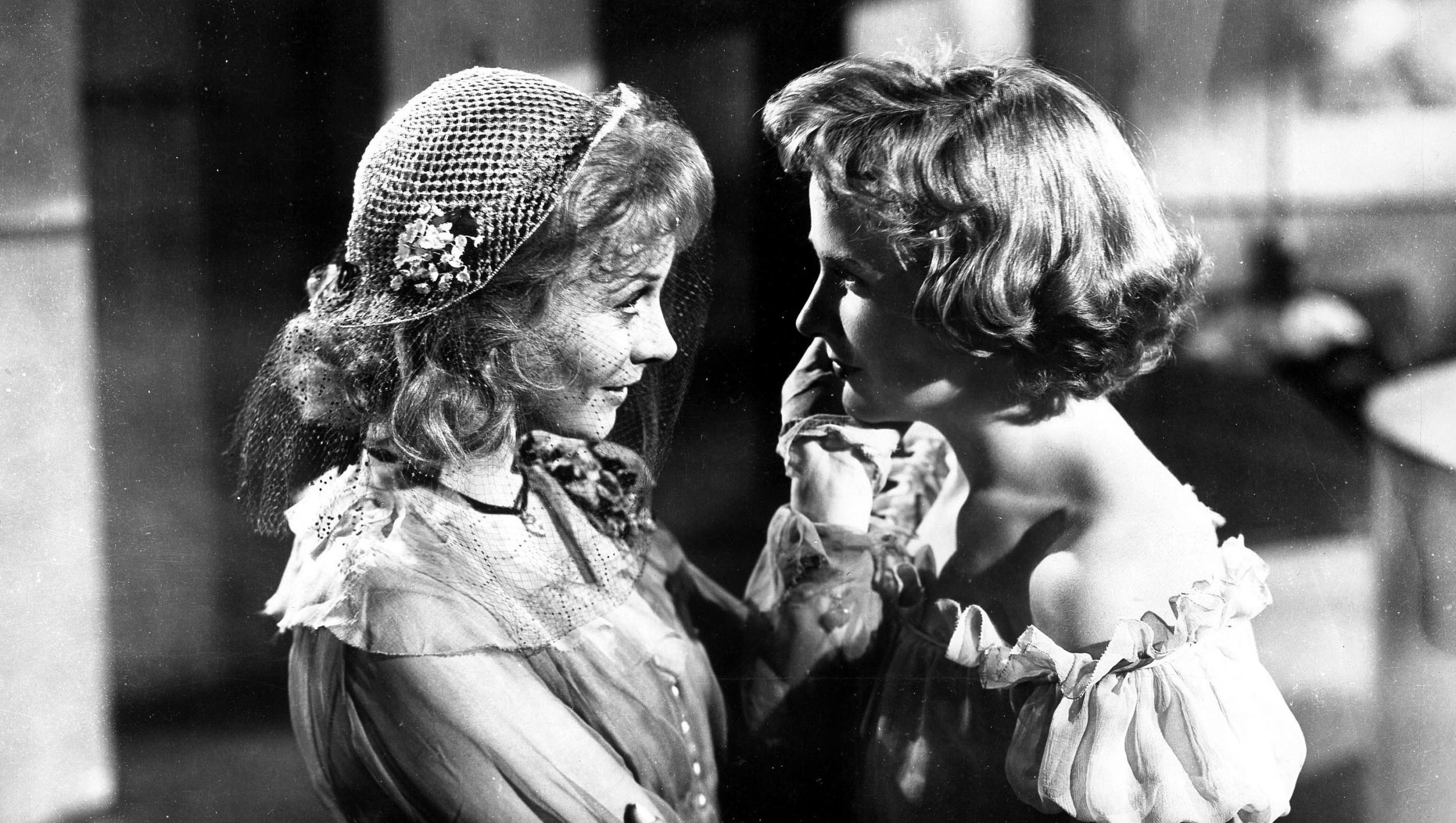
Speech in drama is obviously not the same as spontaneous speech. Yet just as a literary criticism explores characterisation while recognising that fictional characters are not real, we can apply concepts and terminology drawn from linguistics to dramatic speech while remembering we are working with a literary text. This article explores the opening dialogues featuring the two main characters in A Streetcar Named Desire.
After a busy opening in which Tennessee Williams establishes the play’s setting in the cross-cultural world of the Vieux Carré in New Orleans, he introduces his antagonist, Stanley, through conversations with Mitch and with Stella. The purposes of his sentences reveal just how dominant his behaviour is. A high proportion (seven of nine) are punctuated as exclamatories, suggesting the force of his speech. ‘Catch!’ is grammatically an imperative, and Stanley’s ninth sentence — ‘Come on’ — is another. After uttering it, ‘He goes out’. This non-verbal communication implies that he doesn’t need to wait for a response; compliance is assumed. In addition, if we consider the functions of his spoken language, we note that his utterances are mainly transactional. This helps to characterise him as active and dynamic — aman who gets things done.
Your organisation does not have access to this article.
Sign up today to give your students the edge they need to achieve their best grades with subject expertise
Subscribe




